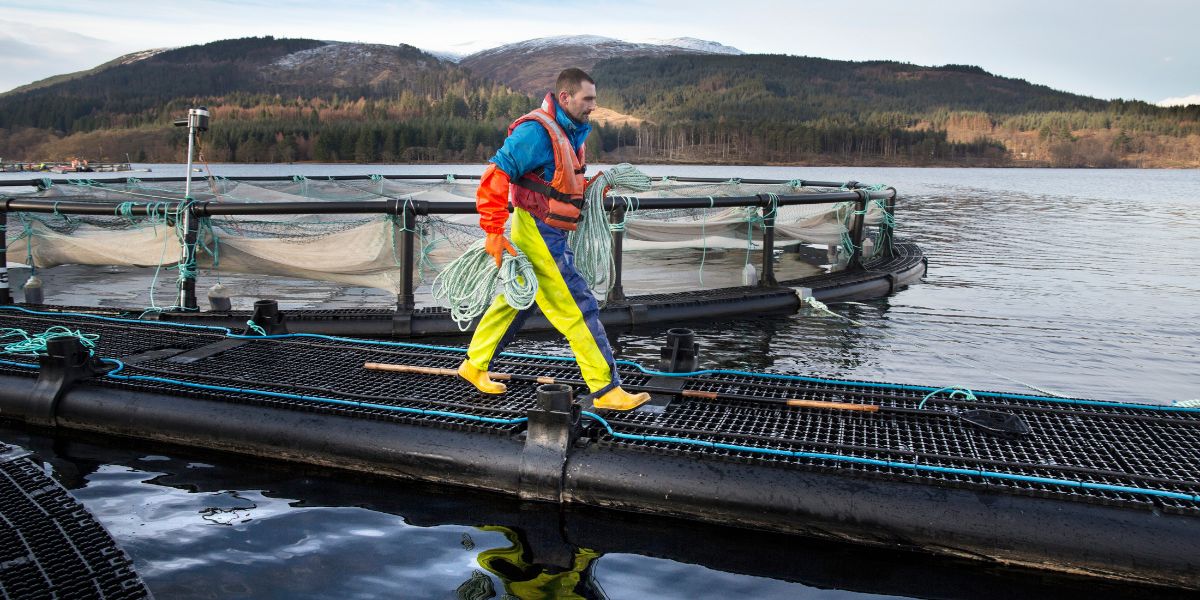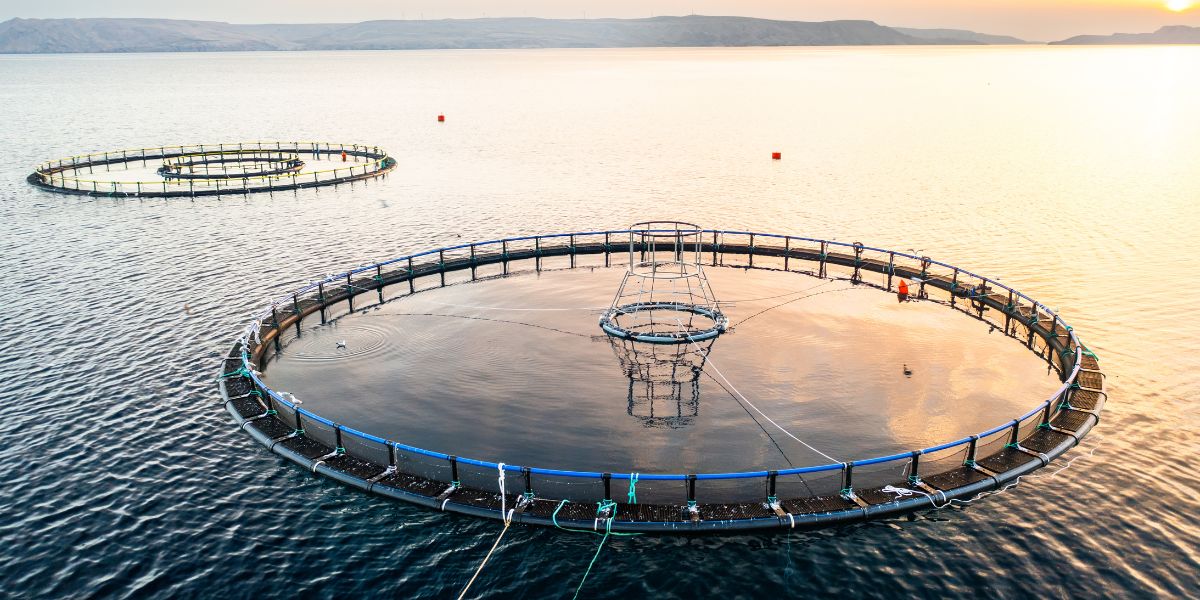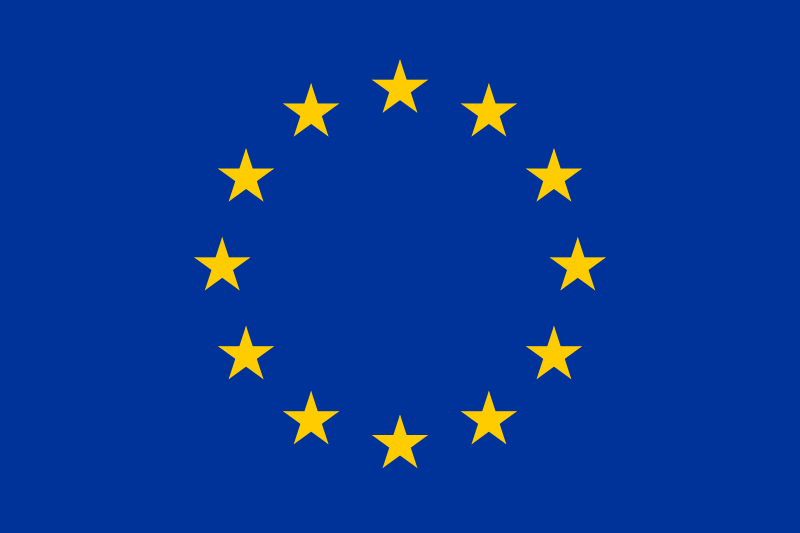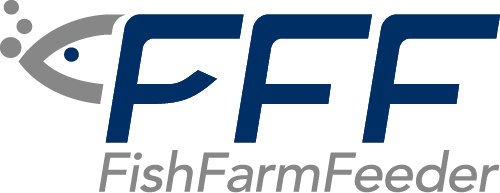Sustainable Aquaculture: Securing the Future of Global Seafood Production

Understanding Sustainable Aquaculture
Sustainable aquaculture is emerging as a cornerstone of global food production, offering a viable path to meet the rising demand for seafood while protecting natural resources and ensuring long-term ecosystem health. Unlike traditional fishery practices, which often rely on wild-caught species and are vulnerable to overexploitation, sustainable aquaculture aims to balance environmental, economic, and social dimensions in the development of aquaculture systems.
This approach to aquaculture development emphasizes low-impact practices, resource efficiency, and alignment with the Sustainable Development Goals. From coastal marine aquaculture farms to land-based recirculating aquaculture systems (RAS), producers are adopting sustainable practices that support fish health, reduce pollution, and limit reliance on wild fish stocks.
The Role of Aquaculture in Sustainable Seafood
The aquaculture industry plays a critical role in global seafood production. With capture fisheries plateauing and demand for seafood increasing globally, aquaculture continues to grow and now contributes over 50% of fish and seafood for human consumption. Farmed fish, such as salmon, tilapia, and carp, are cultivated under controlled conditions that allow for consistent supply, traceability, and better management practices.
Sustainable seafood production requires responsible aquaculture systems that reduce the environmental impacts of aquaculture, including nutrient discharge, habitat alteration, and greenhouse gas emissions. The rise of aquaculture as a dominant food production system presents opportunities to design environmentally sustainable operations from the outset.
Innovations in Marine Aquaculture

Marine aquaculture, or mariculture, includes the farming of species in ocean and coastal environments. Advances in offshore aquaculture technologies, integrated multi-trophic aquaculture (IMTA), and seaweed aquaculture are helping producers minimize environmental impact while expanding production capacity.
IMTA systems integrate species like finfish, shellfish, and seaweed to recycle nutrients and enhance ecosystem services. Seaweed aquaculture, in particular, offers carbon sequestration benefits and serves as an eco-friendly alternative to traditional feed ingredients.
Best Practices for Sustainable Aquaculture Farms
The implementation of sustainable practices in aquaculture farms includes:
-
Efficient feed management to reduce fishmeal and fish oil dependency
- Water quality monitoring to prevent pollution and fish stress
- Use of disease-resistant strains and vaccination to minimize chemical inputs
- Habitat protection through site selection and ecosystem-based management
- Application of recirculating aquaculture systems to reduce water usage and effluent discharge
These approaches align with NOAA Fisheries and other global agencies that promote environmentally sustainable aquaculture operations.
Managing Environmental Impacts of Aquaculture
Addressing the environmental impact of aquaculture is central to the sector’s credibility and growth. Key areas of concern include:
- Nutrient pollution and eutrophication from uneaten feed and fish waste
- Escape of farmed species and potential genetic impacts on wild populations
- Habitat degradation, particularly in sensitive coastal ecosystems
- Reliance on wild-caught fish for feed in intensive production systems
The sustainability of the aquaculture sector depends on transparent governance, effective regulation, and the adoption of certified production practices. Organizations such as the Global Aquaculture Alliance and the Aquaculture Stewardship Council provide frameworks for responsible aquaculture.
Aquaculture Around the World
Aquaculture has the potential to support food security, economic development, and environmental stewardship worldwide. Leading producers include China, Norway, Chile, and Vietnam, with the United States also expanding its marine aquaculture footprint.
Different regions focus on different forms of aquaculture, from freshwater pond systems to offshore cage culture. Regardless of geography, the future of aquaculture depends on science-based management, investment in aquaculture research, and integration into the broader global food system.
Sustainability Challenges and Opportunities
While aquaculture offers sustainable solutions to overfishing and global food demand, it also faces sustainability challenges:
- Climate change impacts on water temperature, salinity, and disease outbreaks
- Competition for coastal space and conflicts with other marine users
- Need for innovation in feed production, including alternative proteins
- Social equity and labour conditions in aquaculture operations
Addressing these issues requires coordinated efforts from aquaculture companies, research institutions, policymakers, and consumers to promote sustainable development.
The Future of Sustainable Aquaculture
As aquaculture is the fastest-growing food production sector, its continued development must be guided by environmental sustainability and social responsibility. Innovations in genetics, digital monitoring, and system design are driving improvements in productivity and environmental performance.
The sustainability of the aquaculture industry is not just an environmental imperative but also a business strategy. Consumers increasingly demand sustainable seafood, and markets are rewarding companies that demonstrate best practices in production, traceability, and ecological management.
Aquaculture as a Sustainable Solution
Sustainable aquaculture offers a powerful response to the dual challenge of feeding a growing global population and preserving ocean ecosystems. Through responsible aquaculture practices, integration of scientific research, and international collaboration, the aquaculture sector can fulfill its potential as a sustainable food production system.
By investing in environmentally sustainable production systems, reducing the reliance on wild-caught inputs, and enhancing the role of aquaculture in global food security, this sector is well-positioned to lead the way toward a more resilient and responsible seafood industry.



